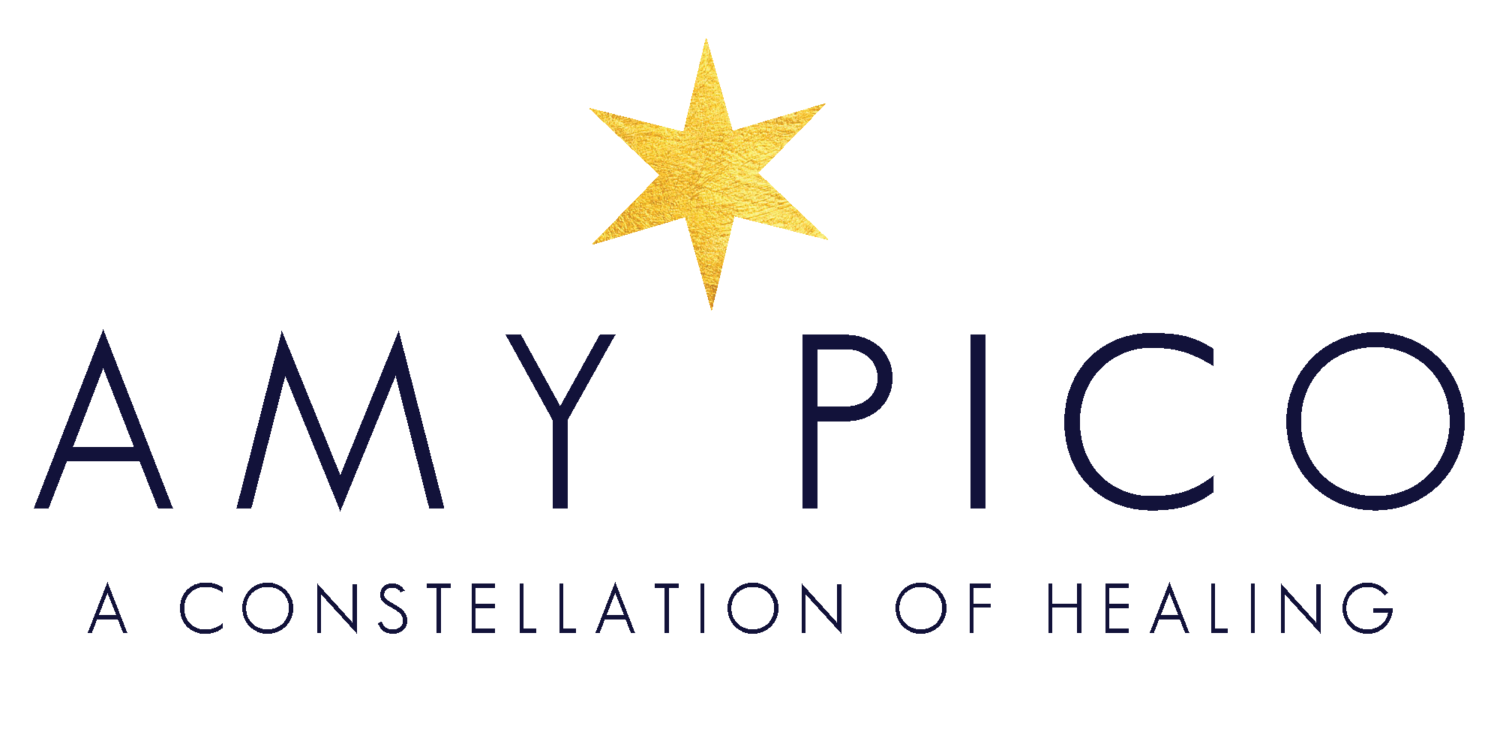“The Voice is fully operative in most of us by the time we are four years old, after which it functions as a moral compass, a deterrent to questionable behavior. Instead of being afraid of the disapproval of our parents, we become afraid of the disapproval of The Voice. Instead of being punished for daring to disagree with our mothers or fathers, we adults punish ourselves for daring to believe that our lives could be different. We become risk aversive. Frightened of change.”
If you have been hanging out in self-improvement circles for awhile you may know the phrase “inner work.”
I define the practice as anything that allows for reflection of yourself and all parts of yourself, for the purpose of self-discovery, self-healing, and self-love.
The majority of the tools I use in therapy and coaching are inner work tools. EMDR requires that the client reflect on their feelings, internal images and body sensations while processing traumatic memories. Hypnosis requires a letting go of regular conscious thought, to observe what the subconscious mind is saying. Meditation is similar to hypnosis, with many goals depending on your intention for your practice. Energy work and astrology also have elements of inner work: noticing your inner body sensations for healing, or noticing your inner reactions during an important astrological event.
Having the self-awareness to do inner work is the first step. Here are a few ways to gain more self-awareness on your inner journey:
Spend quiet time alone: Without any distractions like a phone, screen or book, begin to notice yourself in a quiet space. You may opt to go for a walk outside to begin this practice. Begin to notice any thoughts or emotions bubbling up as you begin. See what these voices have to say, without judging or criticizing them. Geneen Roth calls the judging part, The Voice: “The Voice is fully operative in most of us by the time we are four years old, after which it functions as a moral compass, a deterrent to questionable behavior. Instead of being afraid of the disapproval of our parents, we become afraid of the disapproval of The Voice. Instead of being punished for daring to disagree with our mothers or fathers, we adults punish ourselves for daring to believe that our lives could be different. We become risk aversive. Frightened of change.”
Become a curious observer: As you begin to spend more and more time by yourself, you may become restless or uneasy with the thoughts or sensations coming up. Roth’s quote speaks to what happens when we are unconsciously listening to The Voice--we become critical and fearful. The opposite of fear is curiosity, a genuine interest in what is happening. An interest that could lead to more understanding of ourselves. How could you become curious about the sensations in your body as you are taking that walk outside? How could you become curious about the voice that seems to be so hard on you?
Hire a professional: Once we realize that there is a whole inner dialogue we can engage within ourselves, it may be time to talk to someone. Having a facilitator to listen to what is going on inside of us can be beneficial for several reasons including: having an objective person who is supportive, having someone who shares our values of personal growth, and having someone who is further in their path to help guide us. This could be a therapist, coach, healer or astrologer. I’ve hired all four of these professionals, and each experience has helped me grow.
How have you begun this inner work journey? What experiences can you share to help others? I will be deep-diving into some inner work next weekend as a participate in my first 3-day silent retreat! I will be writing about my experience to share in a few weeks! If you’d like to see how to start your inner work journey, you can fill out an application to work with me here.
